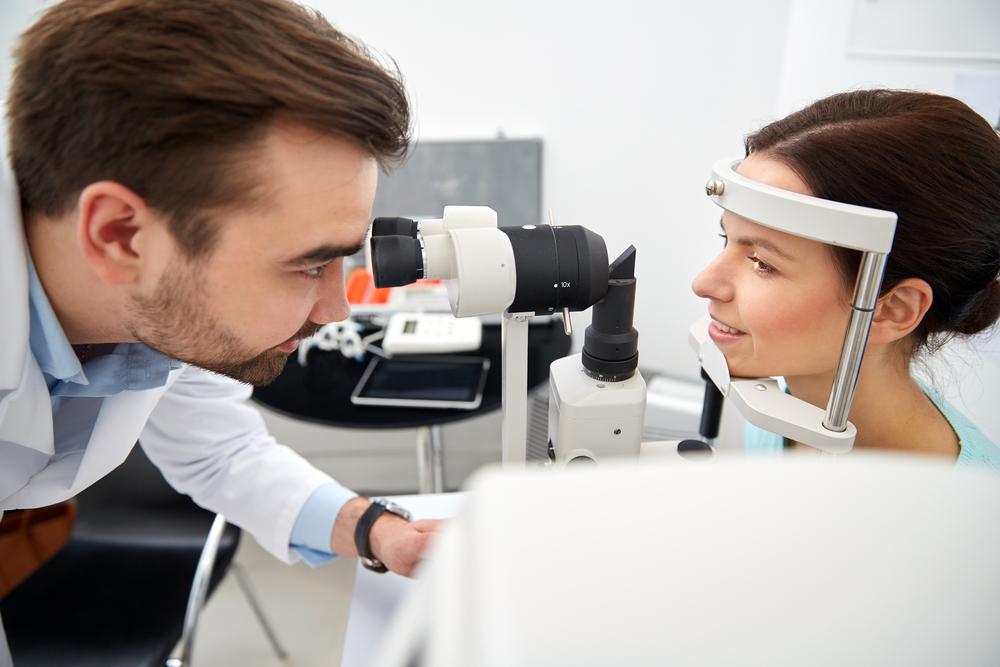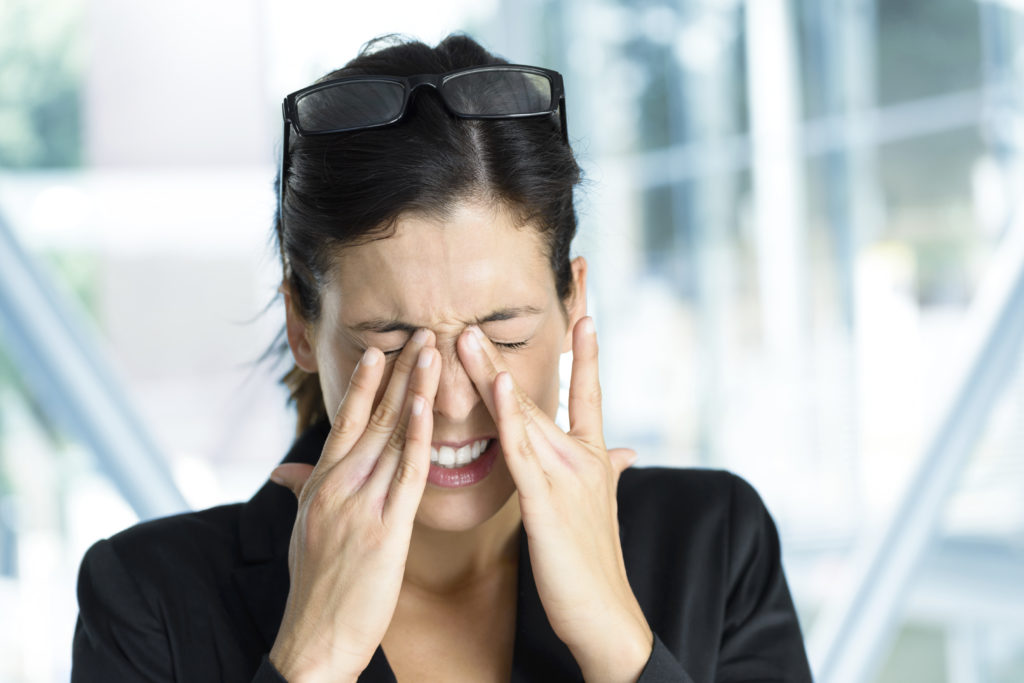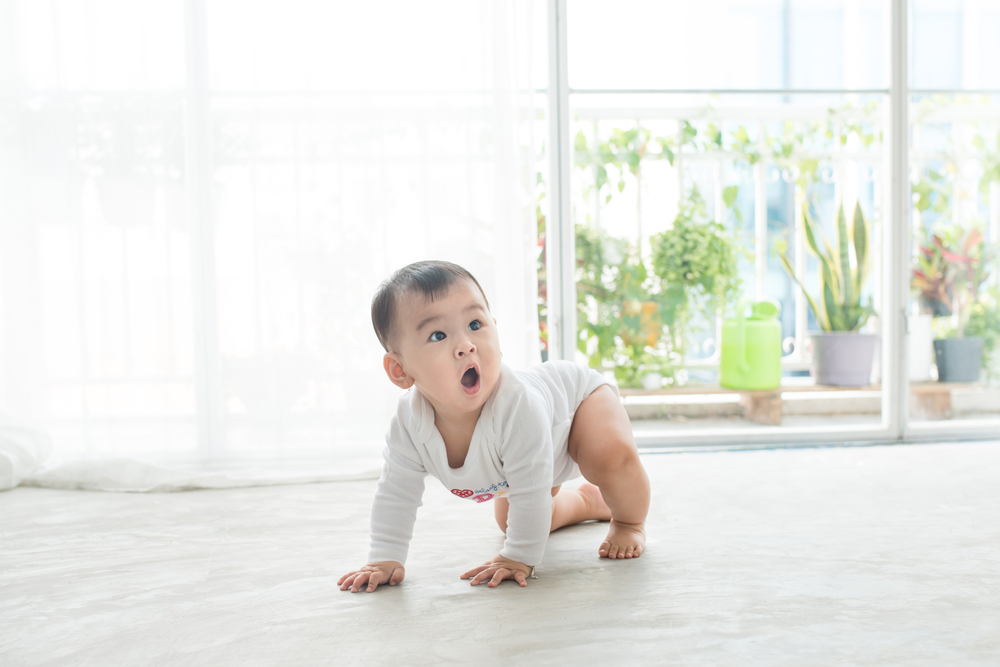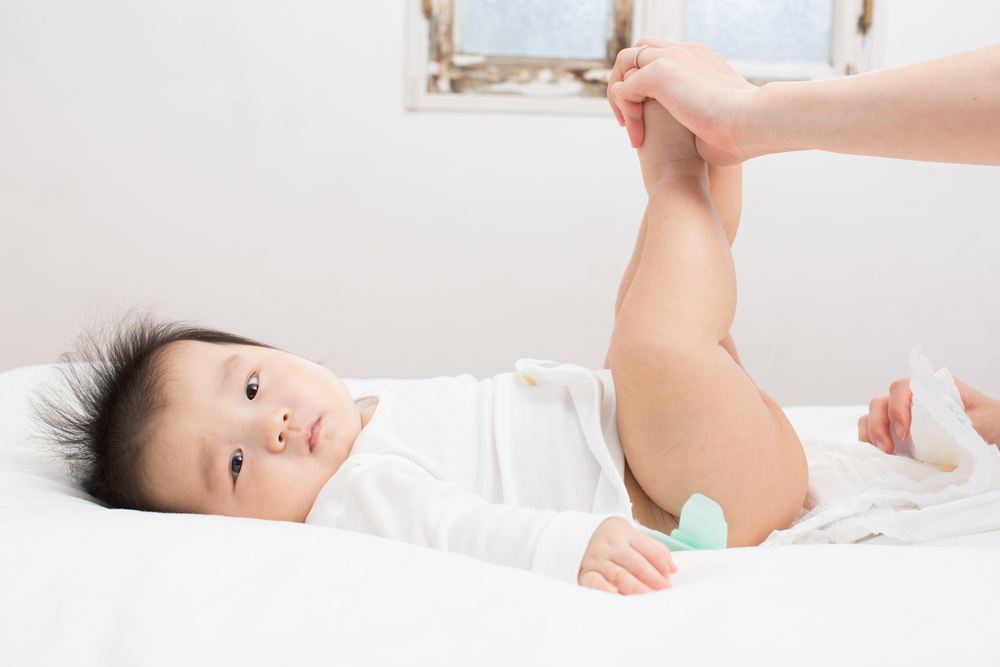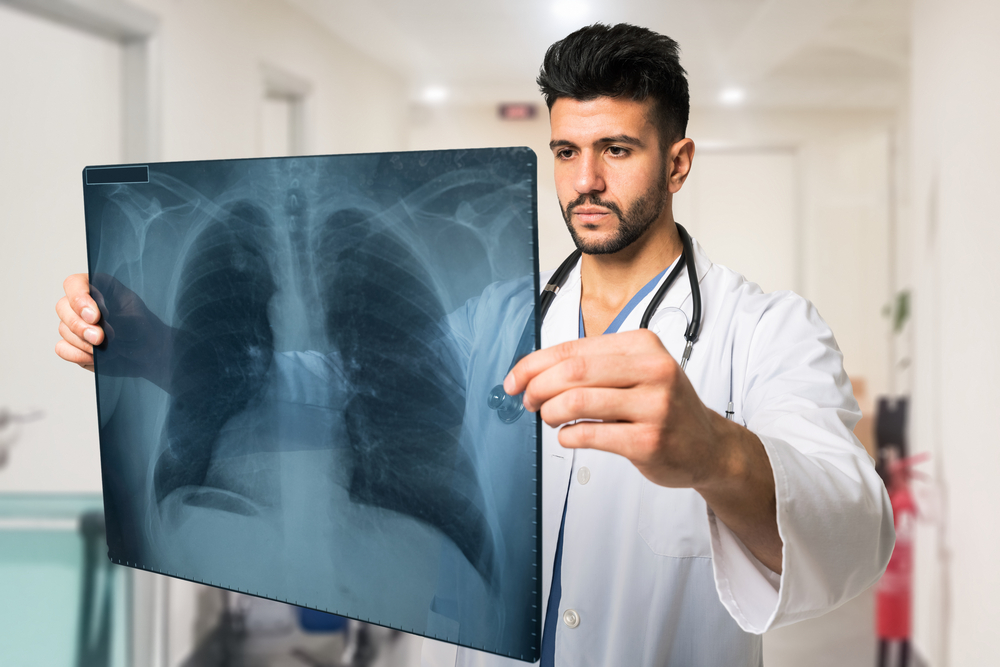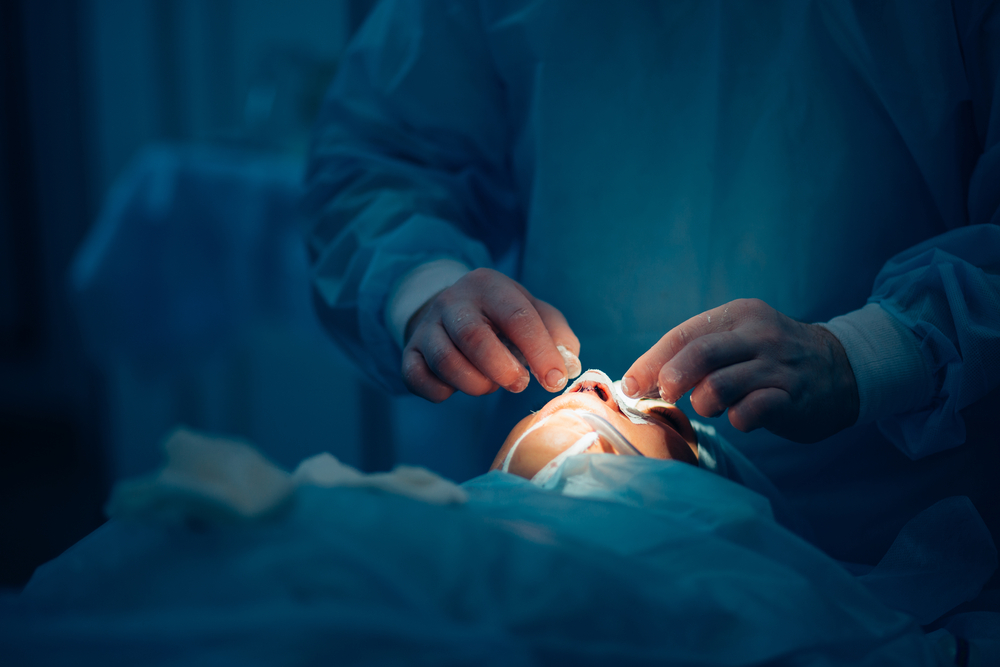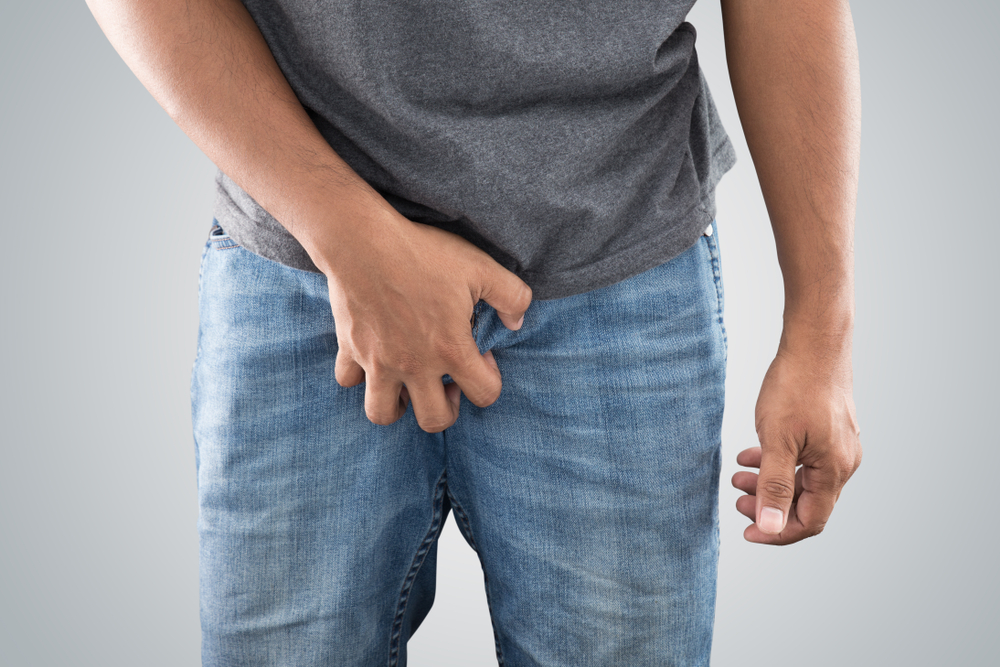Contents:
- Medical Video: Silently Going Blind -- Glaucoma strikes when patients are not regularly screened
- How long can high-pressure eye conditions develop into glaucoma?
- Not all cases of ocular hypertension require treatment
- So, what treatment can be done to prevent glaucoma?
Medical Video: Silently Going Blind -- Glaucoma strikes when patients are not regularly screened
If you experience high eye pressure, which in the medical world is called ocular hypertension, then you are advised to immediately reduce the pressure on your eyeball. Because if left unchecked, this condition can damage your optic nerve and end in glaucoma, a disease that makes you lose your vision permanently. Therefore, you need to immediately treat high eye pressure to prevent glaucoma. How to?
How long can high-pressure eye conditions develop into glaucoma?
Ocular hypertension is one of the biggest risk factors for developing glaucoma. According to the Ocular Hypertension Treatment Study (OHTS), untreated ocular hypertension patients can increase the risk of glaucoma by 9.5 percent in 5 years. This figure can even reach 22 percent if left for 13 years.
If you have been diagnosed with hypertension in the eye, it is recommended that you do a routine eye examination. So, detection of glaucoma development can be known early and can be prevented as soon as possible.
There are three types of examinations performed to determine the development of glaucoma, including the following:
- Ophthalmoscope: examination of optical discs on the back of the eye using light
- Tonometry: measurement of pressure inside the eye (intraocular pressure)
- Perimetry: an examination to see signs of vision loss on the side of the visual field that can be a sign of the development of glaucoma
If a number of examinations have shown signs of glaucoma development, then treatment needs to be done immediately. By undergoing treatment, the risk of developing glaucoma can be reduced by 50 percent.
Not all cases of ocular hypertension require treatment
Not all cases of ocular hypertension must be treated. This decision involves cooperation between the patient's doctor and an ophthalmologist. Depending on how big your eye pressure is, your doctor will monitor the condition of your eyeball first and carry out an examination, as explained earlier.
The ophthalmologist will consider the severity of the patient's ocular hypertension through eye examinations, assessing risk factors (for example the age and thickness of the patient's cornea), optic nerve imaging, and the patient's ability to comply with all recommended treatments.
It should be noted that patients undergoing treatment to prevent glaucoma must comply with all recommendations from the doctor. The reason is, this treatment is long-term so the patient must be prepared for possible side effects. If the patient is not obedient, this can actually backfire which will return to developing the risk of glaucoma and make the treatment futile.
So, what treatment can be done to prevent glaucoma?
The most widely prescribed type of treatment for lowering eyeball pressure is eye drops. This drug works by reducing the amount of aqueos humor produced by the eye and improving the rate of drainage in the eye. So, the eyeball pressure will gradually decrease as the eye drainage channels improve.
At first, the doctor will prescribe the drug only for one eye to see how effective the drug is to reduce your eyeball pressure. If it is considered effective, the doctor will allow you to put the drug in both of your eyes.
How do you drop the eye medication that is good and right? The simplest way is to sit in front of the mirror and slightly look up, then pull the lower eyelid (eye bag) down to make room for the eye and drops the liquid medicine into the gap.
Close your eyes immediately and gently press the corner of your eye with one finger for one to two minutes. This serves to help keep the drops of liquid in your eyes. These drops will go slowly to the tear duct, then to the back of the nasal passages and swallowed.
The important thing is that patients with high eye pressure should be prepared to undergo long-term treatment to monitor the potential for glaucoma development. Make regular visits 3-4 times a week since starting treatment.
If the medication given works well and does not cause side effects, it will be continued and reevaluated for 2-4 months later. Conversely, if the drug does not help reduce ocular hypertension, the doctor may prescribe a new drug for you.

